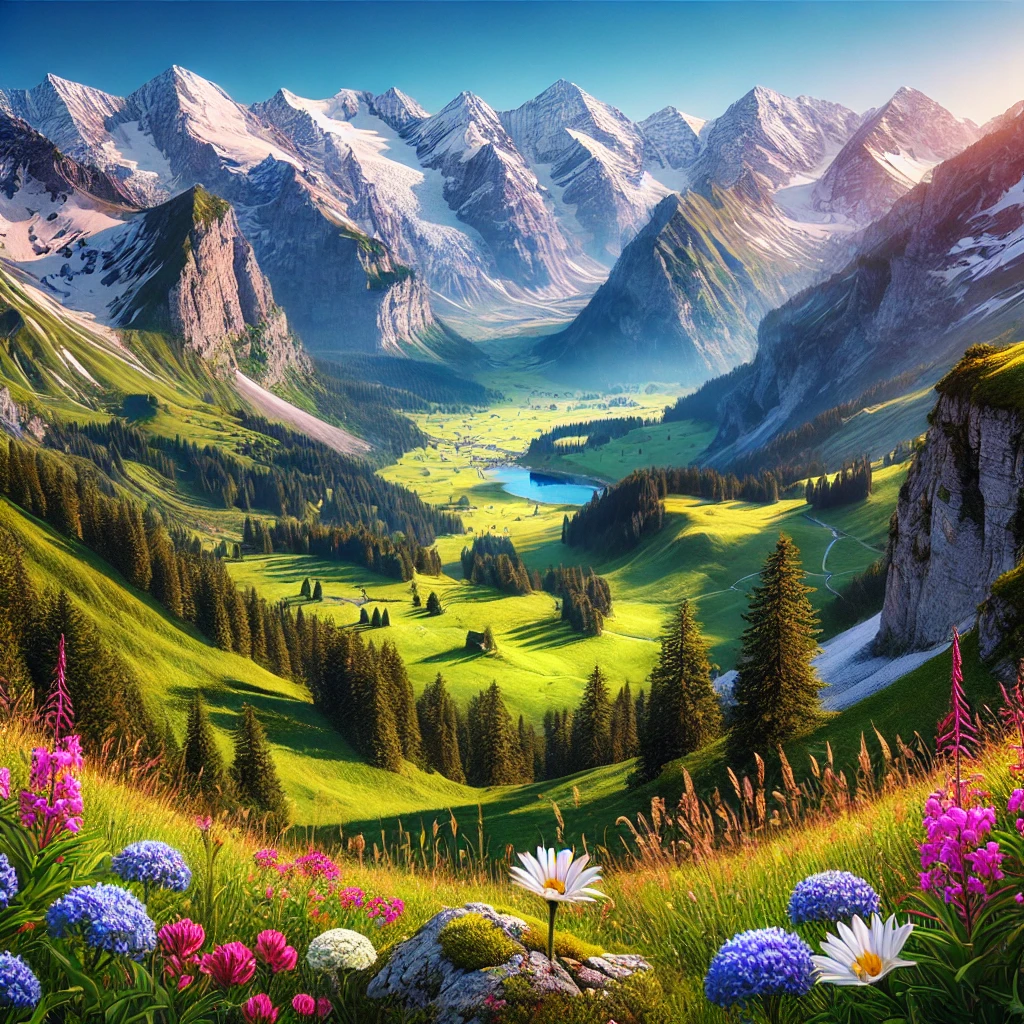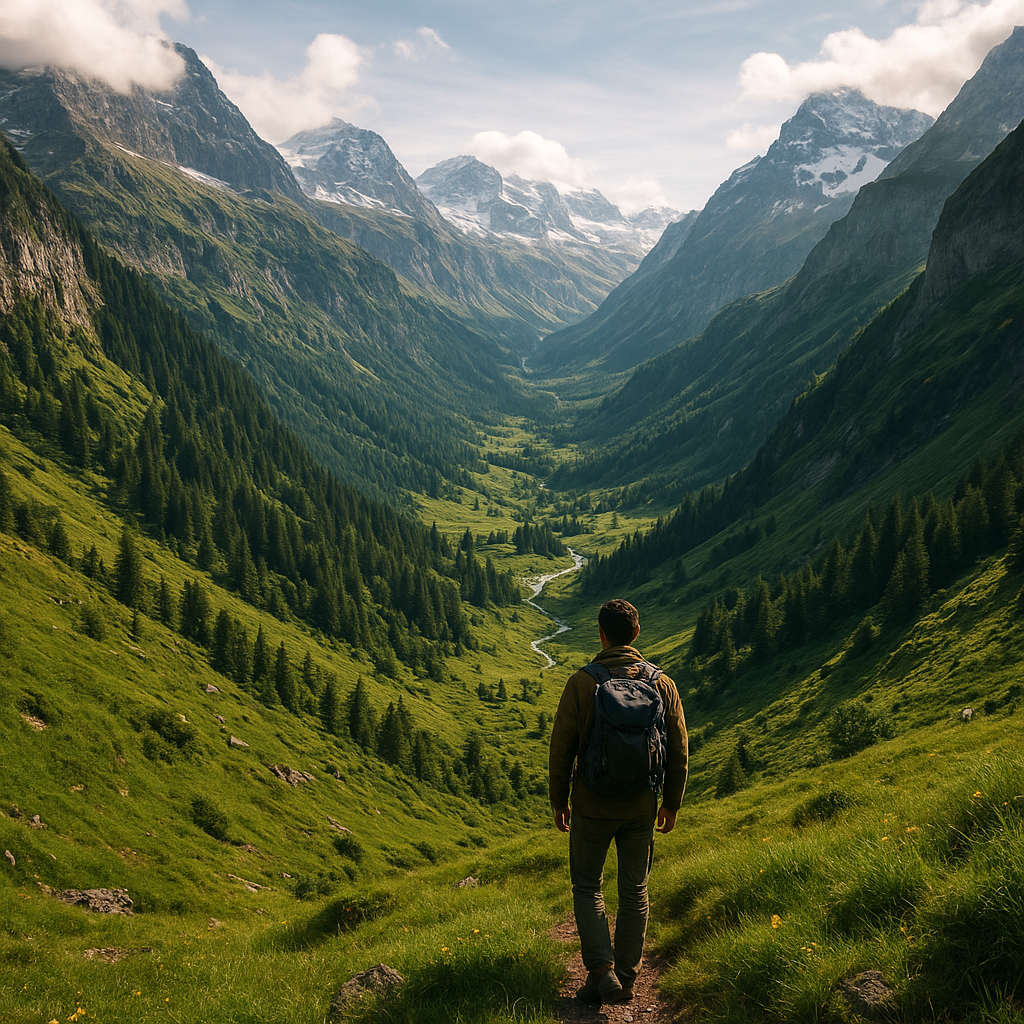
Hydration is a crucial aspect of maintaining healthy skin, especially in mountain regions where environmental conditions can be particularly harsh. The combination of high altitude, low humidity, and increased exposure to UV radiation can significantly impact the skin’s moisture levels, leading to dryness, irritation, and premature aging. This article delves into the importance of hydration for your skin in mountain regions and offers practical tips to keep your skin healthy and radiant.
Understanding the Unique Challenges of Mountain Environments
Mountain regions present a unique set of challenges for skin care. The high altitude means thinner air, which results in lower oxygen levels and reduced atmospheric pressure. This can lead to decreased blood circulation and a slower rate of skin cell regeneration. Additionally, the air in mountainous areas tends to be much drier, which can strip the skin of its natural moisture barrier.
Low Humidity and Its Effects
One of the most significant factors affecting skin hydration in mountain regions is low humidity. When the air lacks moisture, it can draw water from the skin, leading to dryness and flakiness. This is exacerbated by the cold temperatures often found at higher altitudes, which can further dehydrate the skin. The result is a compromised skin barrier that is more susceptible to irritation and damage.
Increased UV Exposure
Another critical factor to consider is the increased exposure to ultraviolet (UV) radiation. At higher altitudes, the atmosphere is thinner, and there is less protection from the sun’s harmful rays. This can lead to a higher risk of sunburn and long-term skin damage, including premature aging and an increased risk of skin cancer. Proper hydration can help maintain the skin’s resilience against UV damage, but it is also essential to use broad-spectrum sunscreen and protective clothing.
Strategies for Maintaining Skin Hydration in Mountain Regions
Given the unique challenges posed by mountain environments, it is essential to adopt a comprehensive skin care routine that prioritizes hydration. Here are some effective strategies to keep your skin well-hydrated and healthy:
Hydrating Skin Care Products
Using hydrating skin care products is crucial for maintaining moisture levels. Look for products that contain humectants like hyaluronic acid and glycerin, which attract and retain water in the skin. Additionally, emollients such as ceramides and fatty acids can help strengthen the skin barrier and prevent moisture loss. Incorporating a hydrating serum and a rich moisturizer into your daily routine can make a significant difference.
Stay Hydrated from Within
While topical products are essential, internal hydration is equally important. Drinking plenty of water throughout the day helps maintain overall hydration levels, which in turn benefits the skin. Aim for at least eight glasses of water daily, and consider incorporating hydrating foods like fruits and vegetables into your diet. Herbal teas and electrolyte-rich beverages can also be beneficial, especially if you are engaging in physical activities like hiking or skiing.
Protective Measures
In addition to hydration, taking protective measures can help safeguard your skin from the harsh mountain environment. Always apply a broad-spectrum sunscreen with an SPF of at least 30, even on cloudy days. Reapply every two hours, or more frequently if you are sweating or swimming. Wearing protective clothing, such as wide-brimmed hats and UV-blocking sunglasses, can also help reduce exposure to harmful UV rays.
Conclusion
Maintaining skin hydration in mountain regions requires a multifaceted approach that addresses both external and internal factors. By understanding the unique challenges posed by high altitudes and low humidity, and by adopting a comprehensive skin care routine that prioritizes hydration, you can keep your skin healthy and radiant. Remember to use hydrating products, stay well-hydrated from within, and take protective measures against UV exposure. With these strategies, you can enjoy the beauty of the mountains without compromising the health of your skin.

